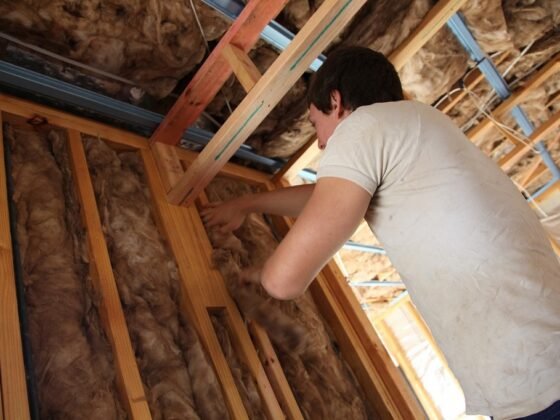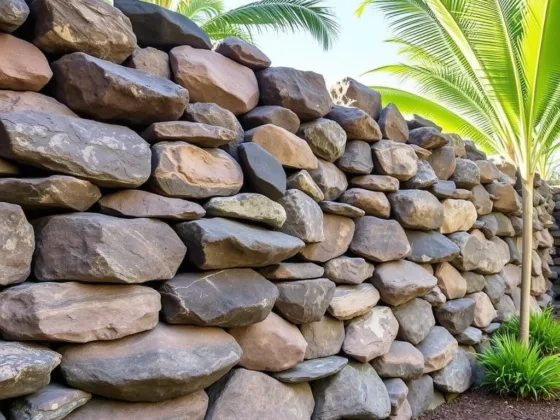The appearance of a beautifully maintained lawn and garden area around your home can really make or break the look and feel of your property.
And considering the regularly dry climate that Australia has, more often than not lawns and gardens that do not get the appropriate amount of water to tend to look dried out, with brown patched and unsightly bald spots that come from heavy wear and tear without the support of healthy greenery.
When this happens, you may want to look into irrigating the area to make it so that your home garden remains healthy and full of life regardless of the lack of rainfall and average temperatures.
This is where considering reticulation installation for your home can really make a huge difference if you’re wanting a lush landscape without the added effort of manually watering your lawn.

Read Also:
- 5 Resources You Can Use When You Need Landscaping Help
- Conserve Water, and Grow Your Garden with Drip Irrigation
- 3 Tips to Keep Your Garden Green While Conserving Water
- Drip Irrigation: Best Irrigation And Automation Options
- 4 Essential Tips to Be a Successful DIY Flower Gardener
- How to Lay and Install Drip Irrigation for your Garden
- Lawn & Garden Edging, Borders, Planters & Sleepers
The Importance and Purpose of Irrigation
Historically speaking, irrigation is the usage of artificial means to supply a controlled amount of water to landscapes and agricultural crop systems to help supplement for lack of rain, especially in the hotter months.
Irrigation includes, but is not limited to pipes and sprinklers, and depending on your landscaping this can differ for each home.
Irrigation provides much-needed hydration for plants and greenery without drowning your flora, encouraging healthy plant growth regardless of the season.
As such, irrigation is both important and purposeful especially when you want to make sure that your lawn and garden look amazing no matter what time of the year it is.
The Four Types of Irrigation
Irrigation comes in four types. Surface irrigation refers to water moving over the soil by means of gravity and makes use of basins, siphons, turnout structures to move naturally throughout the area.
Drip irrigation refers to water being applied slowly using emitters in drops or minimal streams. Because of how slow the emitters supply water, this can be used on all soil types but can be expensive to maintain.
Subsurface irrigation refers to water supplied below the soil surface, and really depends on the depth of the water table below.
It can make use of the drip irrigation system underground to provide closer contact with the plant root zones.
Lastly, sprinkler irrigation refers to water being supplied by spraying or sprinkling from reticulation systems, which are the sprinkling devices installed for this function.
Depending on your requirements, these can be set in place or can have pop-up sprinkler heads that tuck into the ground when not in use.
This is usually what is used for residential areas, and most sprinkler systems provide the option of setting the water cycle at certain times of the day to ensure that your landscape is appropriately watered, depending on your local council’s watering days.
Reticulation installation is vital if you’re wanting to keep up the maintenance of your lawn and garden areas but don’t have the time to water when recommended, which is in the early morning, or late afternoon.









